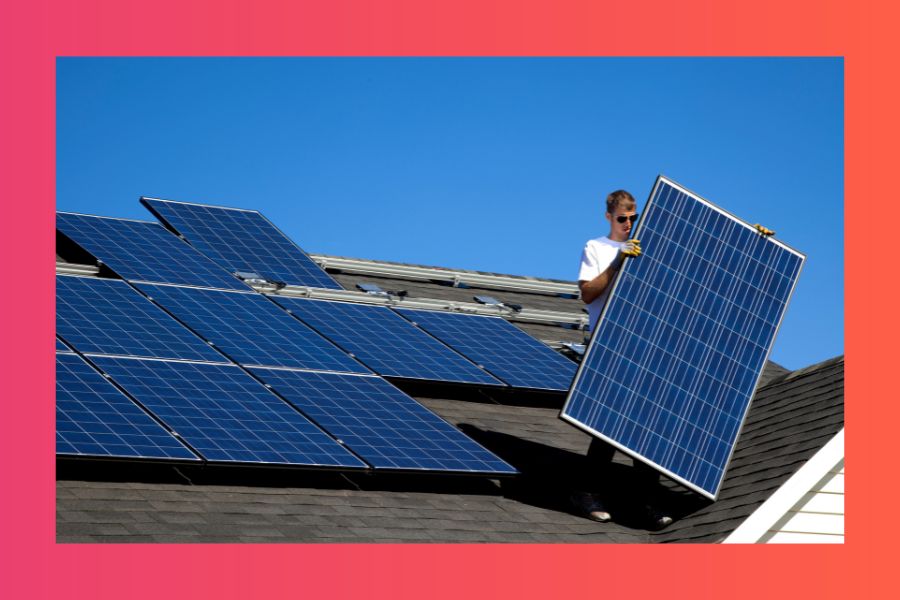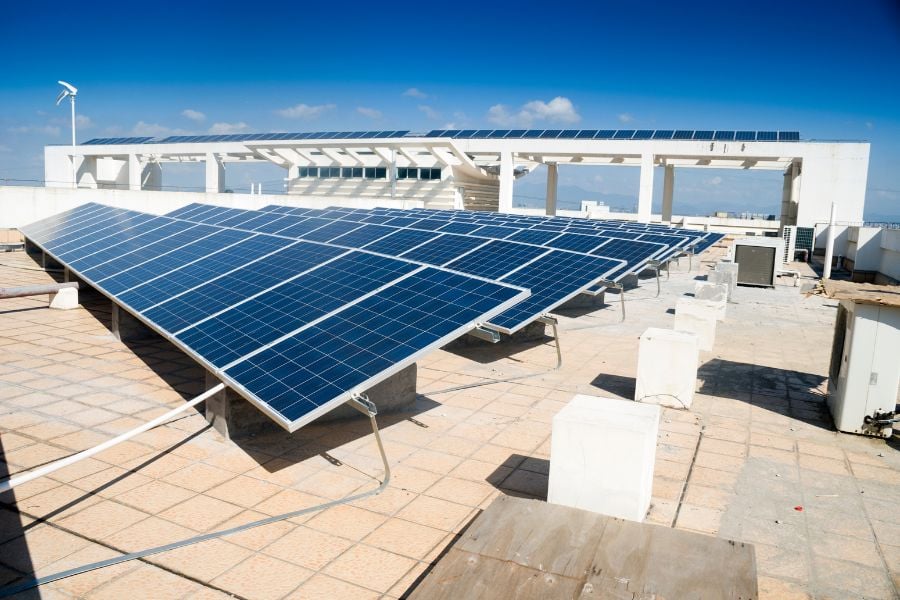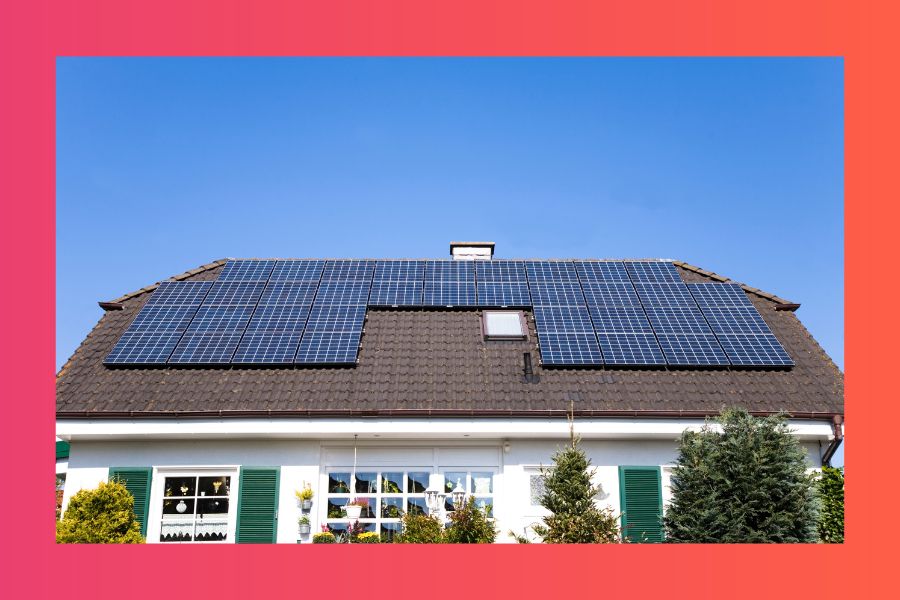Solar’s Cool Credentials: Why Rooftop Systems Work Even Better in Cooler Climates
When imagining the ideal environment in which a rooftop solar system operates, many Australians would understandably picture a backdrop of a...
3 min read
![]() Solar Trust Centre Team
:
Oct 6, 2022 9:00:00 AM
Solar Trust Centre Team
:
Oct 6, 2022 9:00:00 AM

Solar panels are outstanding, but double-sided (aka bifacial) panels can be even better - at least, when the circumstances are right. This said, just as it’s a reality many Australians would right now not know as much about single-sided solar panels as they would like, the same applies with double-sided solar panels. That’s why now is a good time to detail what makes double-sided solar panels special, and what special circumstances are required to maximise their output.
Under ideal conditions, it’s held that double-sided solar panels can produce over 27% more energy than single-sided solar panels. While single-sided solar panels are already great, the quest to improve their energy output is of course continuous, and there’s no question - all other things being equal - that double-sided solar panels can offer an advantage over their single-sided counterparts.
Essentially, it comes down to the reflective glare from the surface that surrounds them. After all, a double-sided panel that only catches light on one side will be far less effective than a panel which catches light on both. This is why double-sided panels can certainly be useful in environments where there are desert plains, but a typical Australian rooftop is not going to reflect light on the ‘other side’ of the panel nearly as well as desert sand can.
This informs why double-sided panels in a residential context are not seen more often. The caveat to this is that double-sided solar panels can work well when ground-mounted, and/or situated in conditions where the ground will provide a lot of reflective glare. So, double-sided solar panels installed in environments where they will get ample surrounding space and glare - for instance, in sandy and/or snowy surrounds - can work very well indeed.
The greater use of double-sided solar panels is certainly exciting to think about. Yet although the potential for their greater use indeed illustrates the promise of the future that is found surrounding the global solar power industry, double-sided solar panels are certainly not the only very exciting piece of solar tech that is on the cards for greater use in the years ahead.

Solar panels which work at night, and solar panels which can work on windows, are examples of other innovations which are being pursued, which upon their readiness for commercial deployment, would represent landmark progress for the solar power industry. As with all complementary but ultimately distinct innovations, work on these innovations is being done with different timelines in mind, and varying speeds pertaining to their progress. So, solar enthusiasts are best-placed to presume a gradual adoption of these technologies will occur, in lieu of a rapid deployment and their sudden availability in the market.
Nonetheless, just as a ship which sights port can - usually! - presume to soon arrive at its destination, the popular use of these widespread solar technologies is in view, and all people aspirational for the next great chapter of solar power’s history to be written can expect these aforementioned technologies will be here before long, joining double-sided solar panels in finding greater widespread use.
Just as a future with double-sided solar panels in common use is certainly one to be excited about - alongside emerging other technologies like solar panels which could work at night - it’s important to note just the same that the future shouldn’t overshadow the past and present when it comes to solar panels. After all, when you get right down to it, the very existence of solar power, and the astounding success found in its story - over the past decade or so especially - really is remarkable. This is illustrated by the fact it’s held between 2010 and 2020 residential solar costs fell by (depending on location) as much as 80%!
This stat not only shows how promising solar power is as a form of affordable and efficient renewable energy, but arguably illustrates that the support for solar power in decades prior wasn’t stagnant, but it was just more a question of cost. Now that the expenses surrounding solar panels have declined to a level where households and small businesses are able to more easily afford solar, it’s no surprise to see the in-principle support of renewable energy converted into concrete action. Better still, just as costs have come down, capability has of course massively improved.
That’s why it’s important for anyone inspired and interested in what solar power is set to do in the future to also keep in mind the terrific feats it’s already achieved prior, and what it can do right now here in the present. In particular, for the millions of households across the nation yet to have rooftop solar power - yet interested in joining the millions of households which already have it - it’s essential to understand rooftop solar can drive down the costs of electricity bills today, provide some defence against any increase of them in future, and also make a small, but significant contribution to combating climate change by bringing into being a source of clean energy, that reduces the use of energy generated by fossil fuel sources like coal power plants. Truly, here and now in 2022, there’s never been a better time to not only learn more about how solar power will help us all in the future, but what it can do to help right now.
In addition to the resources outlined above, further reading regarding the Key Questions to Ask When Searching for a Quality Solar Installer can be found here.
.jpg)
When imagining the ideal environment in which a rooftop solar system operates, many Australians would understandably picture a backdrop of a...

Rooftop solar systems are brilliant pieces of clean and green technology that can bring many benefits to a home. For many new solar system owners,...
.jpg)
Many Australian households are fortunate to be able to acquire solar power as soon as they want it. Whether they look to utilise existing savings or...